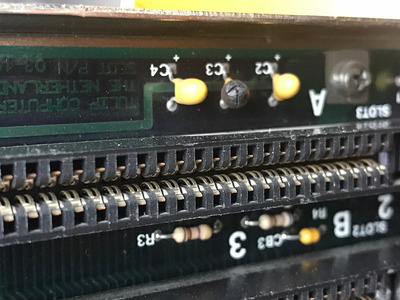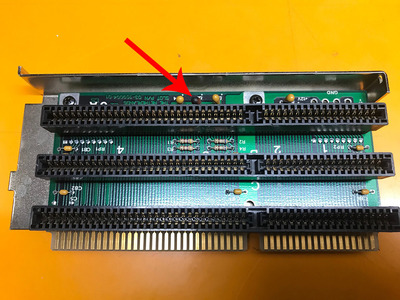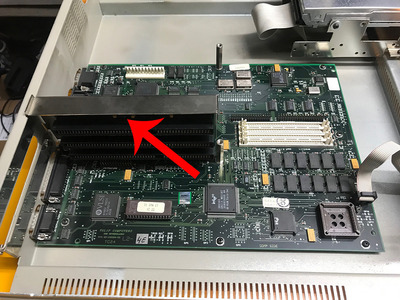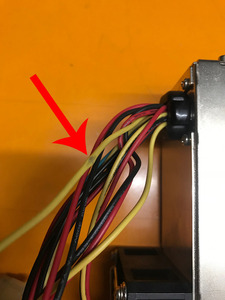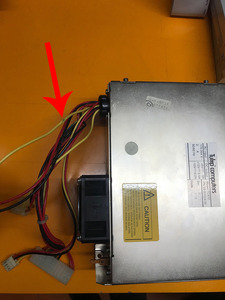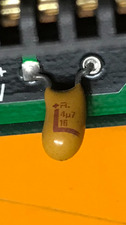First post, by zzgus
Hi community !
Recently I'm into retrohardware another time now that I have some free time.
With all my enthusiasm this week I bought a near mint Tulip 386 computer, but at the first boot I could hear a kind of buzz and some smoke smell.
After opening the case I could see a squeezed cable from the power supply. (see pictures attached)
After further investigation I see a "component" of the riser card burnt. (see pictures attached)
What will you guys do next?
- Test power supply values?
- Change burnt component ?
Thankyou
Gus
